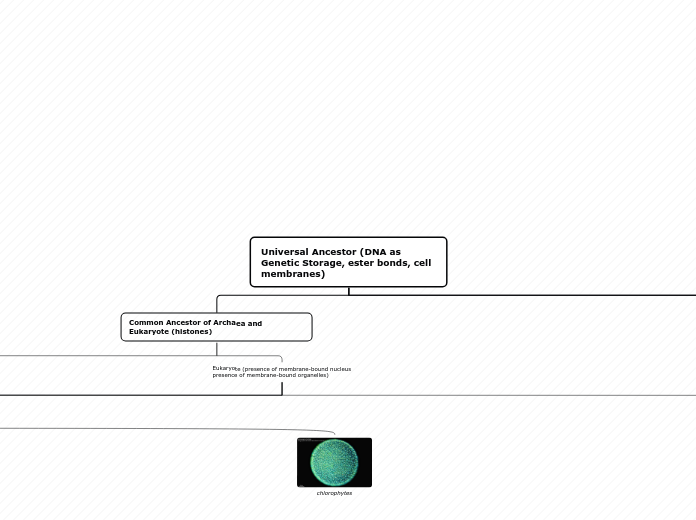by Anna Dunn 13 years ago
1052
Plants Phylogenetic Tree
The phylogenetic tree of plants includes several major groups, each with distinct characteristics and examples. Angiosperms make up the majority of plant species, characterized by their vascular nature and the presence of seeds and flowers, with examples like Citrus limon.









